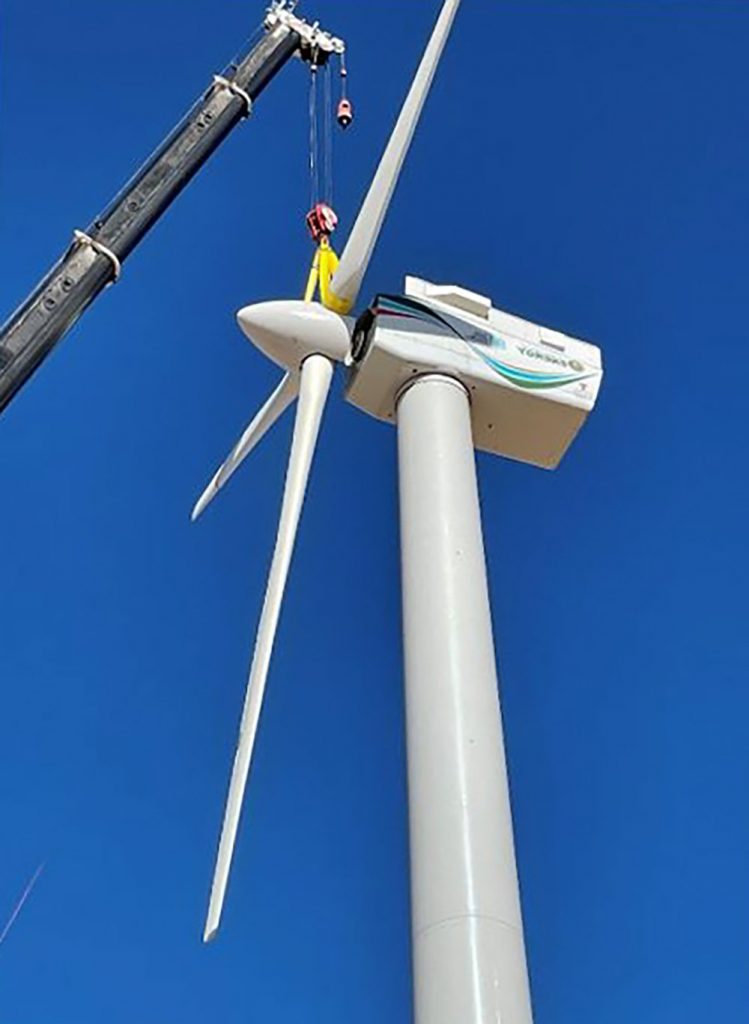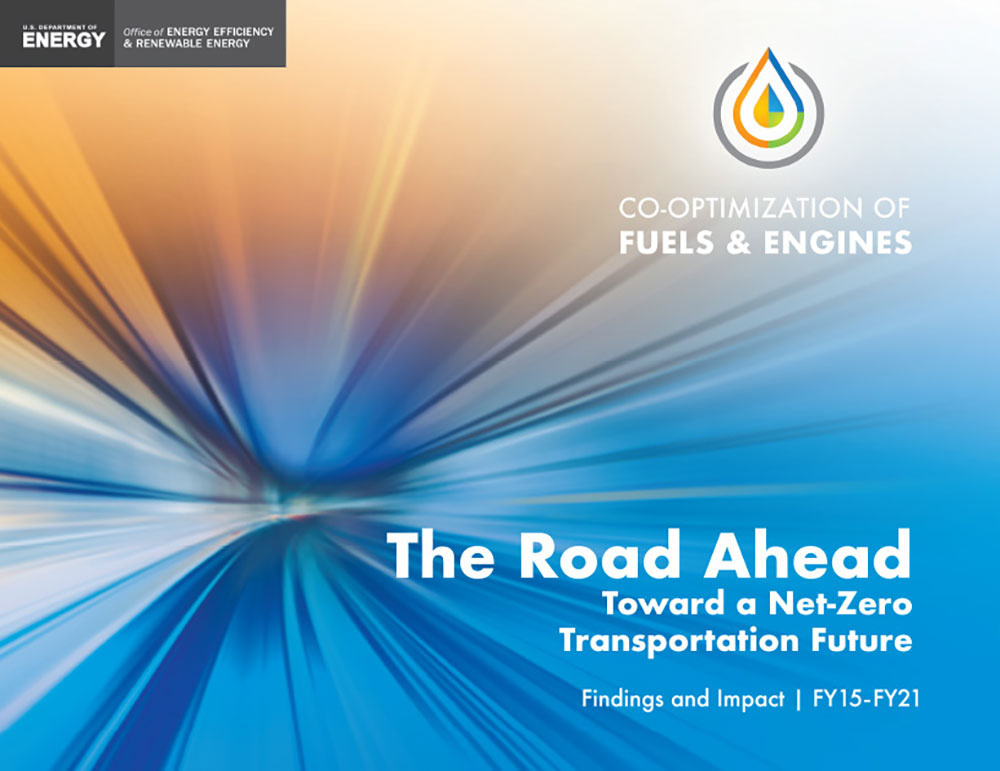
Wilson Center collaborates on Arctic methane
Current estimates indicate that the release of Arctic methane from thawing permafrost could consume 25%-40% of the global carbon budget toward a future global temperature increase of 1.5 degrees Celsius, enough to substantially negate global climate mitigation efforts. Understanding the probability of such a release and its potential time span is critical. Sandia partnered with the Wilson Center, non-partisan policy forum, to lead a workshop on the topic with experts from government, academia and the national labs and produced a report identifying key science and policy gaps. (500, 8000)

Scaled Wind Farm Technology facility restart
The Scaled Wind Farm Technology facility in Texas resumed full-scale operations in April after major safety and infrastructure improvements. Two months later, the SWiFT team installed a new rotor on a SWiFT wind turbine. By October, as part of the National Rotor Testbed program, the team had conducted blade strain experiments using a second turbine, demonstrating that a Sandia-designed scaled rotor can replicate
wind-wake effects on megawatt-scale wind turbines. The developments exemplify the facility’s impact and future potential in wind technology development. (8000)

Net-zero carbon transportation advances
During DOE’s Co-Optimization of Fuels & Engines initiative, Sandia discovered a combustion phenomenon: certain biofuels “hyperboost” octane in gasoline, improving engine efficiency. Sandia developers also developed a suite of software tools for predicting biofuel properties and bio-informed retrosynthesis, a process that identifies the biological-chemical reactions needed to create desired biological products or compounds. The Labs also demonstrated the initial production and scale-up of a new class of heavy-duty transportation fuels that improve performance and lower particulate and carbon emissions beyond bio- and renewable diesel. (8000)